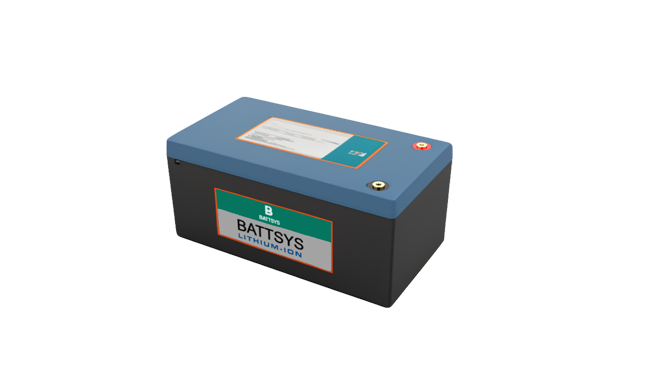What is the protection level IP67 for lithium batteries.
There is an indicator for measuring the dustproof and waterproof performance of batteries called intrusion protection, which was drafted by the International Electrotechnical Commission (IEC) and abbreviated as IPXX. The first X represents the dustproof (solid-state) level; The second X represents the waterproof (liquid) grade. IP67 solid-state protection level reaches level 6, completely preventing foreign objects and dust; The liquid protection level reaches level 7, preventing water intrusion during short-term immersion.
It can be seen that the larger the value, the higher the protection level. The protection level of IP67 means that it can ensure that objects can penetrate water at a depth of 1m for 30 minutes without affecting their performance. This protection level is relatively high. So it's not a problem for electric vehicles when it rains or when passing through a puddle.

In terms of lithium battery sealing, the country requires it to meet the IP67 standard. The IPXX standard is a level of protective security that describes an object's ability to prevent dust and water, and is used to indicate an interface's ability to protect against liquid and solid particles. In the IP standard, there are two digits, where the first digit represents the object's dust resistance and the second digit represents its water resistance. These two numbers start from 0, with a total of 7 levels for dust resistance and 8 levels for water resistance. The larger the number, the higher the protection level.
Although lithium batteries have high waterproof performance, it is not recommended to easily wade through water. On the one hand, the battery protection level reaching IP67 does not mean that the protection level of other parts of the vehicle is also IP67. If it is easy to wade through water, if the water level is high enough, water will overflow into the cabin from the gap, causing water to enter the car and damage or short-circuit low-voltage electrical appliances; On the other hand, the underwater situation is complex and intricate. When vehicles wade through water, they may not be able to see the underwater situation clearly due to factors such as turbid water, which can cause the battery case to be stuck or scratched, resulting in damage to the battery. This can lead to water ingress or short circuits caused by compression or puncture, resulting in combustion accidents.
How can power batteries avoid collision protection?
In collision accidents of pure electric vehicles, the power battery is deformed due to impact and compression, and the battery cell may experience thermal runaway and fire; Other components inside the battery pack may also be compressed and impacted during collisions, posing a risk of short circuits or even fire and explosion; The high-voltage cables and components inside the battery pack are easily scratched or torn during collisions, which may cause short circuits, fires, or electric shock injuries.
The key to collision protection for power batteries lies in controlling the deformation of the battery pack shell structure during collisions, and minimizing the impact and compression of internal components. In addition, the battery core and high-voltage components themselves should also have certain resistance to compression and puncture. In recent years, some researchers have been studying buffer structures that can absorb some of the impact energy during collisions to mitigate the acceleration impact on battery packs. This may have a positive effect on the durability of the battery pack, but its significance for collision protection of the battery pack is not significant.
To enhance the safety of power batteries and prevent battery explosions caused by collisions, the following measures can be taken:
1. Strengthen battery protection: New energy vehicles should choose a dedicated platform as the vehicle platform to avoid continuing to use the "oil to electric" platform. This way, the position of the power battery pack can be moved from the trunk and other easily impacted locations to the vehicle chassis, reducing the probability of the power battery being impacted.
2. Pay attention to safe driving: Drivers should pay attention to safe driving while driving to avoid traffic accidents. Do not easily drive the car onto the curb. When the vehicle passes through a pit, be sure to slow down to avoid the vehicle being supported and damaging the battery.
3. Strictly control battery quality: Battery manufacturers must strictly control battery quality and strictly prohibit the entry of unverified batteries into the market. Batteries must undergo safety tests such as immersion, compression, collision, puncture, and combustion in accordance with national standards before entering the market.
The key to collision protection of power batteries is the response time of the system to collision accidents, that is, the time from the occurrence of the collision to the disconnection of the high-voltage power of the entire vehicle. The shorter the response time, the more beneficial it is for the protection of users and batteries. The collision protection system requires a certain processing time, including the time for receiving, confirming, and controlling the corresponding equipment actions of collision signals.
The above is the definition of the protection level IP67 for lithium batteries and how to avoid collision protection for power batteries. The higher the protection level, the higher the manufacturing cost for manufacturers, especially for liquid intrusion protection, which is very complex. Currently, high-voltage components of lithium batteries generally have an IP67 protection level, including some smartphones that claim to be "waterproof" and also use this standard.
